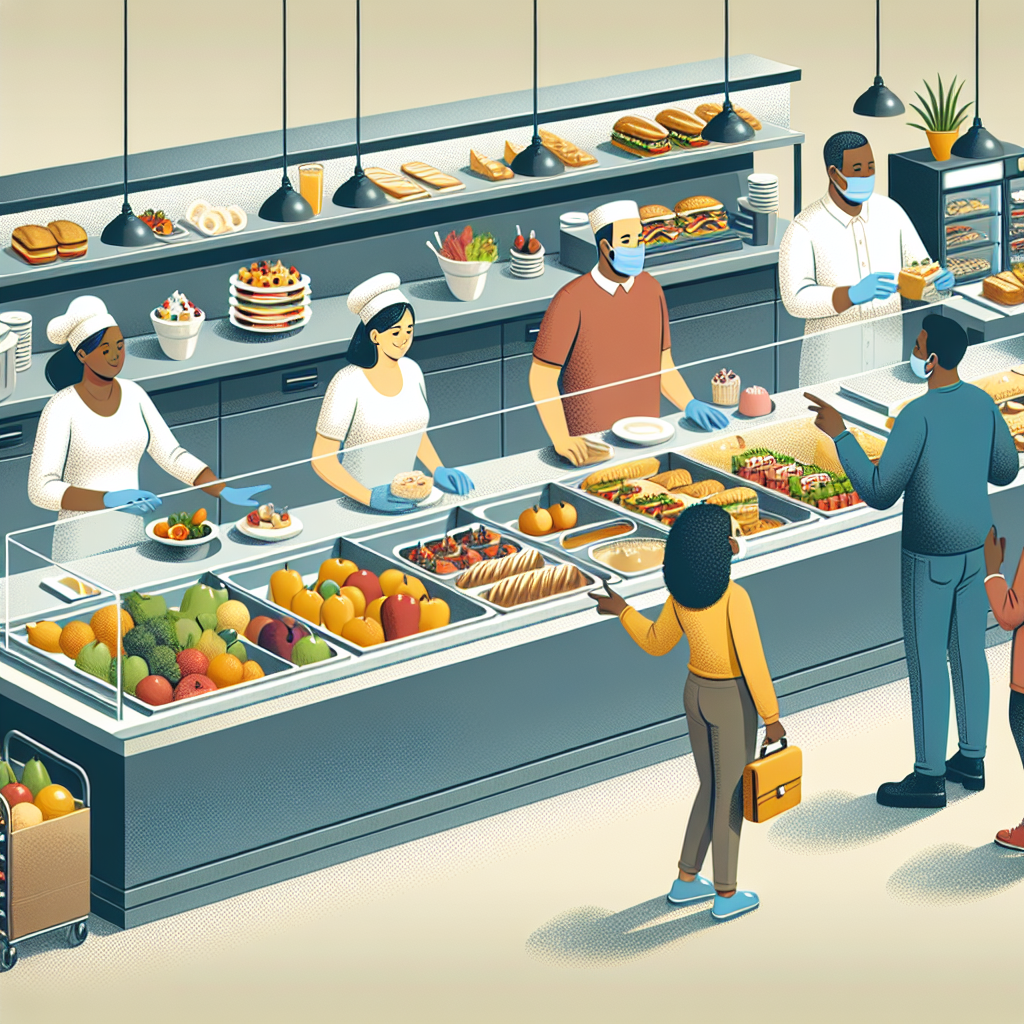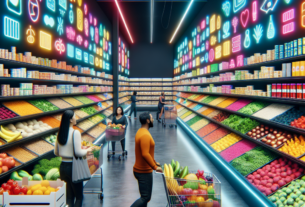Introduction
In this report, we will explore how the global economic outlook impacts the growth of the foodservice industry. We will delve into financial data, market share analysis, volume trends, and future plans of key players in the industry. Understanding these factors is crucial for businesses operating in the foodservice sector to make informed decisions and adapt to changing economic conditions.
Global Economic Outlook
The global economic outlook plays a significant role in shaping the growth trajectory of the foodservice industry. Factors such as GDP growth, inflation rates, and consumer confidence levels can impact consumer spending on dining out and food delivery services. A strong economy typically leads to higher disposable incomes and increased spending on food and beverages.
Financial Data
According to a recent report by MarketResearch.com, the global foodservice industry is projected to reach $4.2 trillion by 2025. This growth is driven by rising urbanization, changing consumer preferences, and increasing demand for convenience and variety in dining options.
Market Share Analysis
In terms of market share, major players in the foodservice industry include fast food chains, casual dining restaurants, food delivery platforms, and catering services. Companies like McDonald’s, Starbucks, and Domino’s Pizza hold significant market share globally, while local players dominate in regional markets.
Volume Trends
Volume trends in the foodservice industry vary by segment and region. Fast food and quick-service restaurants typically experience higher volume due to their affordable pricing and quick service. Fine dining restaurants, on the other hand, cater to a niche market segment and have lower volume but higher average check sizes.
Future Plans
Looking ahead, key players in the foodservice industry are focusing on innovation, sustainability, and digitalization to drive growth. Companies are investing in technology solutions for online ordering, delivery optimization, and personalized marketing to enhance customer experience and streamline operations.
Impact of Global Economic Outlook
The global economic outlook has a direct impact on consumer behavior and spending patterns in the foodservice industry. During economic downturns, consumers tend to cut back on dining out and opt for more affordable options such as fast food or cooking at home. As economies recover, consumer confidence rises, leading to increased spending on dining out and premium dining experiences.
Example Scenario
For example, during the COVID-19 pandemic, many restaurants and foodservice establishments faced closures and reduced foot traffic due to lockdowns and social distancing measures. As a result, businesses had to pivot to takeout and delivery services to survive. Those with strong digital capabilities and flexible business models were able to adapt quickly and capture market share.
Conclusion
In conclusion, the global economic outlook plays a crucial role in shaping the growth trajectory of the foodservice industry. Businesses need to monitor economic indicators, consumer trends, and market dynamics to stay competitive and capitalize on emerging opportunities. By understanding the impact of economic factors on foodservice growth, companies can make strategic decisions to drive innovation, improve customer experience, and achieve sustainable growth in the long term.



